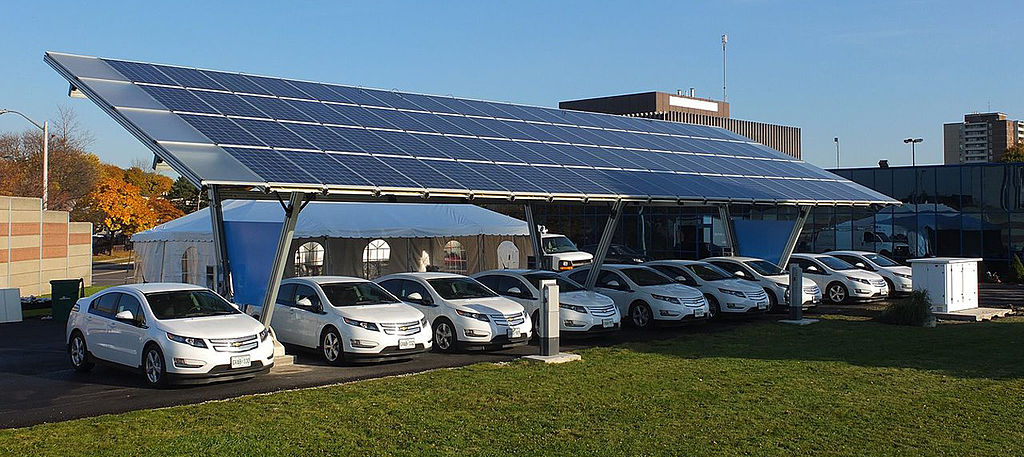With the planet looking more and more toward alternative, sustainable power solutions, transport has been one of the areas where we’ve seen a lot of innovation. From the experiments of university students, to bigger companies taking up the mantle, automobiles are beginning to look to renewable energy as a power source. If you do have an electric car, or you’re considering getting one, you might be wondering how solar can be implemented to make the most out of your electric car. Let’s find out.
If you’ve already invested in an electric car, but not a solar system for your property, you’ve probably noticed a bit of a spike in your monthly electricity bill. Of course, this is to be expected as a result of the additional electricity usage required for the charging of your car. One great step to take in this scenario is - you guessed it - the installation of a solar system for your home. The installation of a solar panel array on your property can make a huge dent in the increased electricity bills you’ve been paying. A solar system is capable of offsetting not only your original electricity bill, but also the increases on your bill as a result of the electric car. Different electric vehicles require a different number of kilowatt hours per 100 miles, and electric cars are ranked according to this criteria - how many kWh it will take to power the vehicle for 100 miles. You can probably figure out a rough estimate of the kind of system you’d need based off this information but, as always, it’s best to get in touch with a solar expert to determine the best system for your needs.
If you want to be more direct about using solar power alongside your electric car, then you may be considering whether or not it’s possible to directly charge your car using solar power? This is a more “hands-on” approach than simply utilising solar to bring down the utility bills and, thus, will require a little more work. As we know, solar panels don’t actually store energy themselves, they generate the energy and then use it immediately or return it to the grid. In order to charge your electric car using the energy generated by your solar array, you’ll need to install a home charging unit and a PV inverter alongside your traditional solar panel system. The charging unit, as you’d expect, is used to connect and charge the vehicle, and the inverter converts the solar-generated energy into DC current for the car.
At this point you might be thinking, “Well, when will I get to charge my car? I need to use it during the day and the sun won’t be around at night!”. This is an excellent point. Most drivers are going to be using their vehicle in the hours when sunlight is available and seeking to leave it charging at night. If you want to use solar-generated energy to charge your car in a direct sense, and not merely benefit from the energy sent to your home via the grid, a good option is a battery storage system. These systems store the energy generated by solar for later use, allowing your panels to generate energy during the day which can then be used for charging at night.
If you’re interested in using solar energy to power your electric car and you want to learn more about the process and how it can work for you, be sure to reach out a solar expert today.
Contact YSG Solar or call the office at 212.389.9215.
Follow YSG Solar on Twitter, Instagram + Facebook.
By Shane Croghan
Sources:
https://www.drivingelectric.com/your-questions-answered/132/can-solar-panels-charge-electric-car
https://greentransportation.info/energy-transportation/solar-panel-ev-car.html
https://ilovemysolar.com/charge-your-electric-car-with-solar-panels/
https://glenergysolar.ie/solar-panels-and-ev-car-chargers/
https://greentransportation.info/energy-transportation/solar-power-home.html
Featured Image - Baka-charging-station.jpg: Sass Peress, Renewz Sustainable Solutions Inc.derivative work: Mariordo [CC BY-SA 3.0], via Wikimedia Commons

